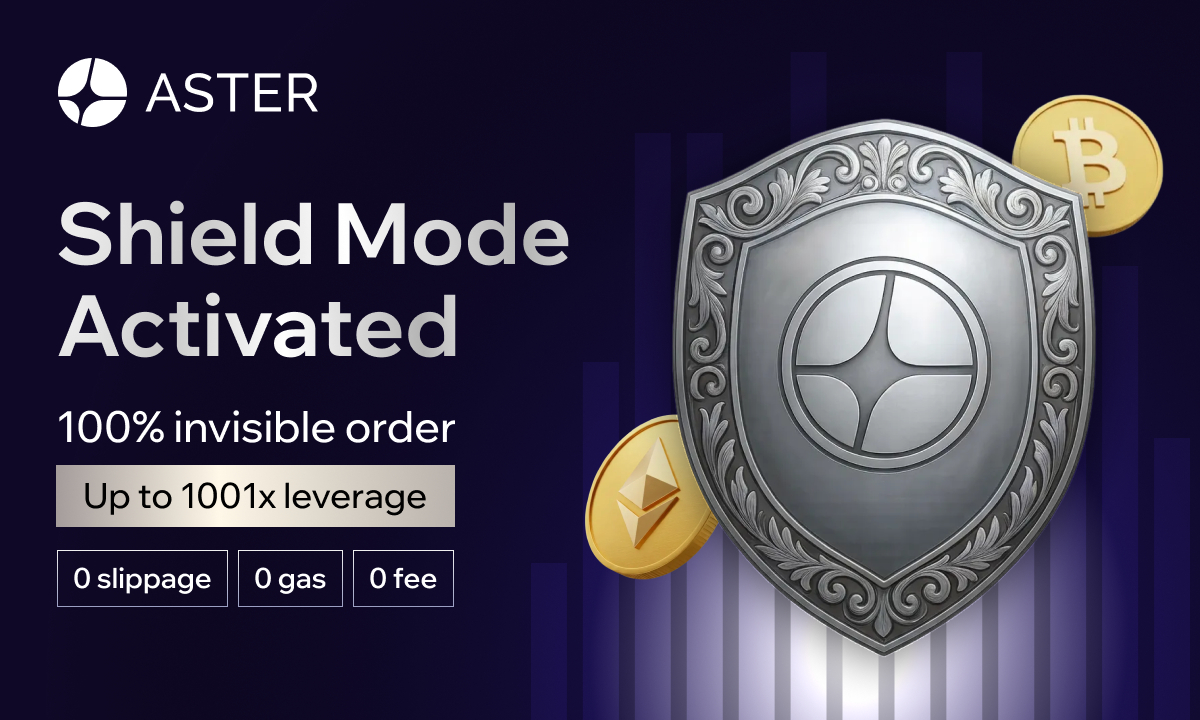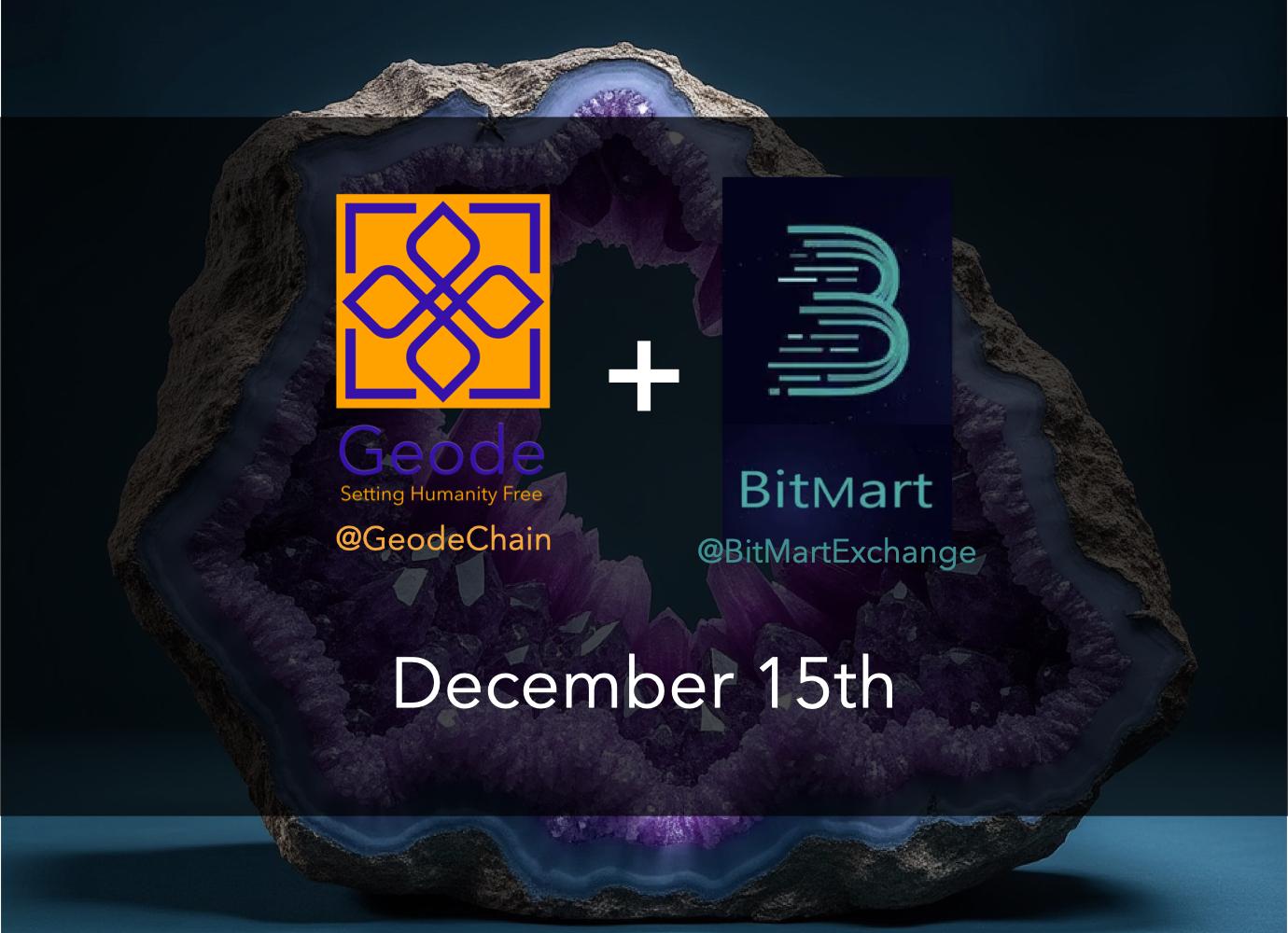Cross-chain bridges allow people to transfer their digital assets, coins, smart contract, as well as data from one chain to the other. It usually connects one network to others. For instance, the Heco chain bridge links the Heco chain to other blockchains, and the same can be said for the Binance cross-chain bridge that connects BSC to other networks.Â
Usually, multiple chains have varying guidelines, consensus mechanisms, and protocols, making them different from one another. With a cross-chain bridge, crypto platforms can be linked to one another, ensuring interoperability.Â
Functions of Cross-Chain Bridges
Cross-chain bridges have different functions that help improve the ecosystem’s connectivity.
- Easy deployment of decentralized appsÂ
Cross-chain bridges link different networks together, making it easy for people to move their dApps from one chain to the other. For example, some bridges are designed to allow developers to move their decentralized apps and smart contracts from one network to the other. Once the movement is done, they can easily set up their decentralized app in the receiving chain with little or no alterations. Many cross-chain bridges tend to connect Ethereum to other networks.Â
- Low transfer feesÂ
Crypto enthusiasts may transfer their assets from one network to the other to enjoy the lower transfer fees that come with such a transaction.Â
- Easy deployment of digital assetsÂ
People may want to move their crypto from one network to another for different reasons. For instance, someone may wrap their BTC to use it in a decentralized finance protocol. Likewise, Crypto enthusiasts transfer tokens for different purposes.Â
- Improved operations
Some networks may link themselves to others with a blockchain bridge to improve their operations by allowing their users to transfer assets quickly. It could also drive the massive adoption of the network.









